As the UK Parliament has chosen March to be Women’s History Month and with Watches & Wonders round the corner, we talked to our friends at Watchfinder & Co to help us shine a light on just a few of the iconic women who have played a pivotal role in the evolution of the much loved wristwatch.
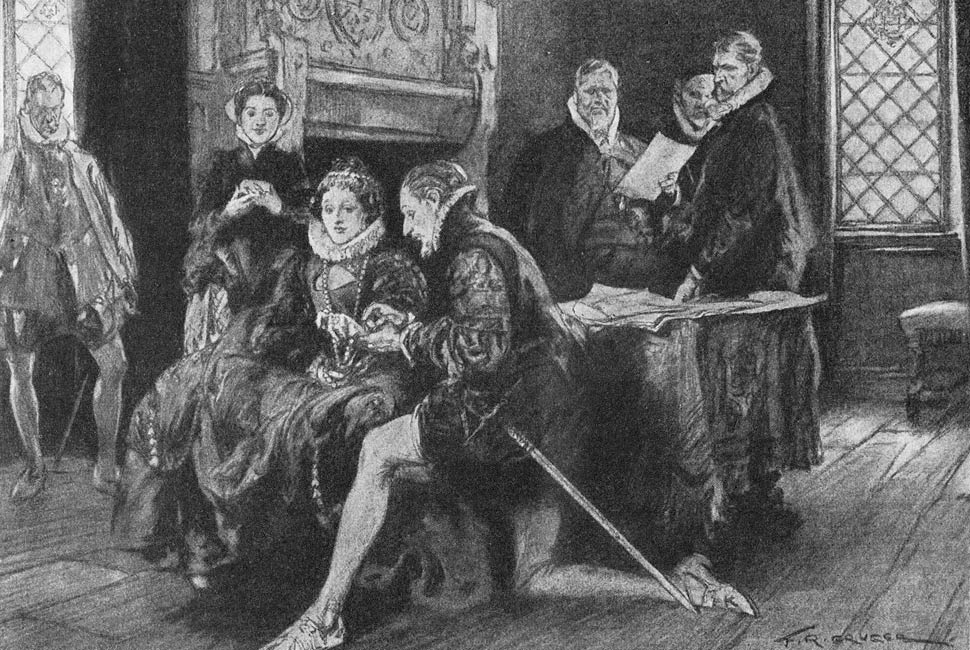
Elizabeth I – the first
A trendsetter in her own right; the first ever wristwatch is believed to have belonged to none other than Elizabeth I, the Queen of England. The wristwatch – a tiny clock set in a bracelet – was gifted to her by Robert Dudley, Earl of Leicester in 1571(1). This piece, referred to as an “arm watch” at the time, was one of two timekeeping devices she was believed to own; the other, located in a ring, also included an alarm function. Although the timepiece given to the Virgin Queen by Dudley was striking in its innovation, apparently it was not that unusual to for Dudley and his circle to offer their Queen elaborate clocks and watches as a way to show their loyalty and the value of their service.

Marie Antoinette – the patron
Marie Antoinette was known to be a patron of Abraham Louis Breguet, the Prussian born watchmaker whose Maison still exists and thrives today. Marie’s patronship was invaluable to the watchmaker, with the Queen of France ostensibly propagating her love for watches in general and Breguet’s in particular, to both her court and Emperors across Europe. The most famous timepiece associated with Marie Antoinette is no. 160, a pocket-watch that at the time all possible complications known to man and completely made of gold. Romantics believe that it was commissioned by her lover, Count Hans Axel von Fersen. Unfortunately the French Queen lost her head before the watch was finished. Neither Fersen nor the same Abraham Louis Breguet would see the watch either. The “160” was only finished by Breguet’s son four years after his death, in 1827.
The original Breguet n. 160, which remained horology’s most complex mechanism until the last century…
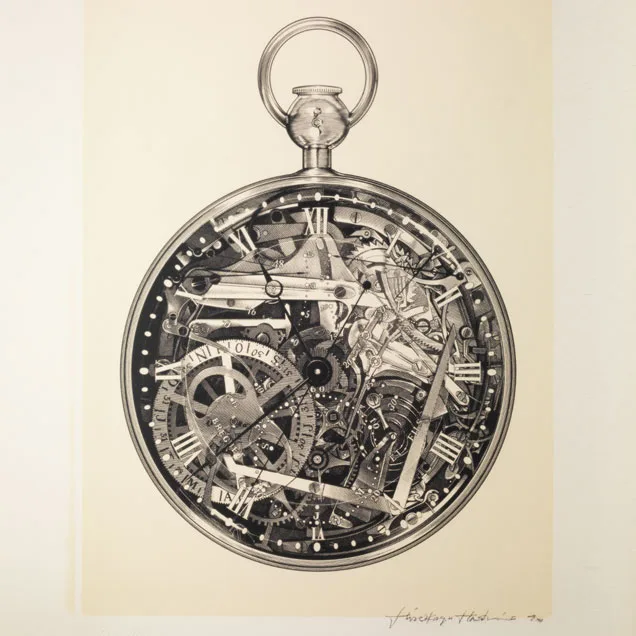
Romantics believe that it was commissioned by her lover, Count Hans Axel von Fersen. Unfortunately the French Queen lost her head before the watch was finished. Neither Fersen nor the same Abraham Louis Breguet would see the watch either. The “160” was only finished by Breguet’s son four years after his death, in 1827.
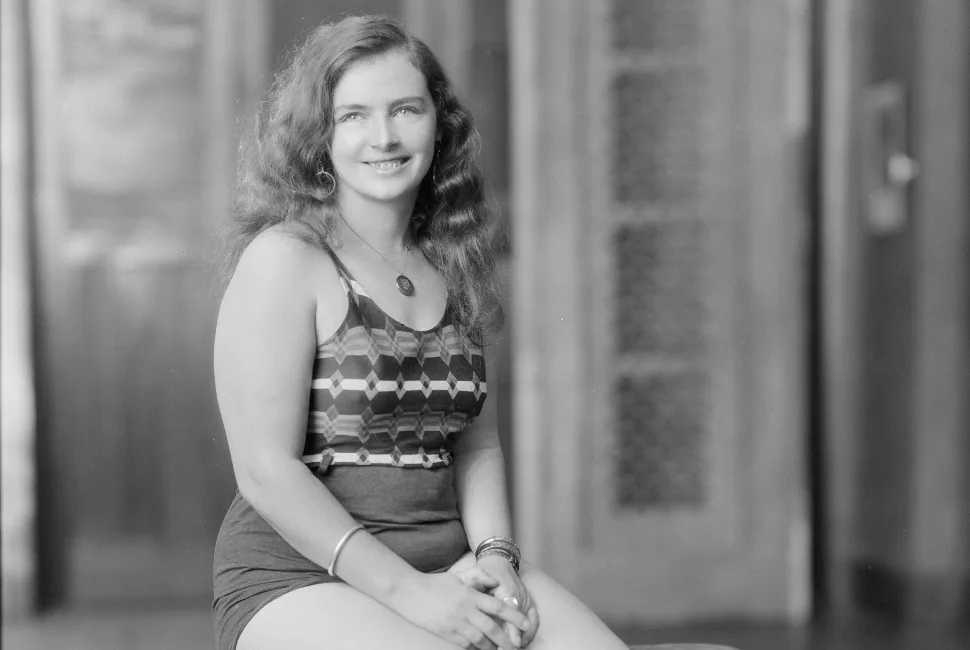
Mercedes Gleitze – the headline maker
It could be argued that Rolex, the titan of modern watchmaking, owe their initial success as a waterproof watch manufacturer to a woman called Mercedes Gleitze. In 1926, unveiled the waterproof watch that established the Swiss firm’s reputation, the Rolex Oyster. It was given this name because it was clamped shut like an oyster shell and could survive under water. Two major technical innovations made the single-case wristwatch watertight: a screw-down back and bezel, as well as a newly patented winding crown. The wearer could screw down the crown to seal the case.
In 1926, Rolex launched the Oyster, so called because it was clamped shut like an oyster shell and could survive under water…
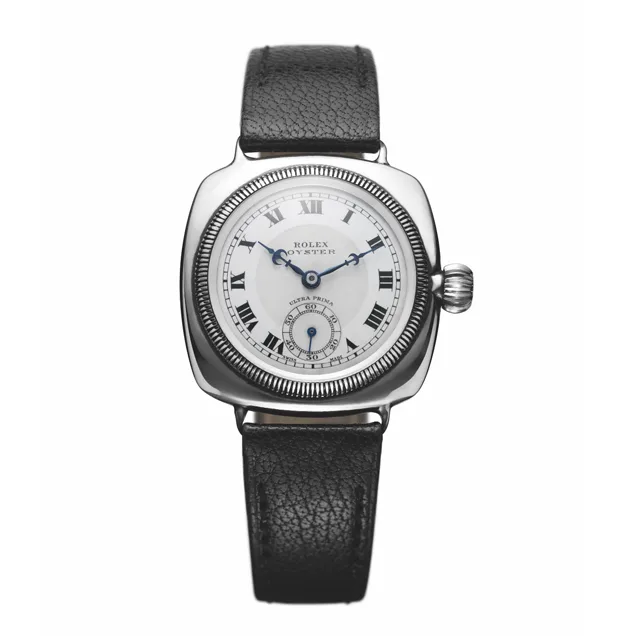
In 1927 Mercedes Gleitze, became the first British woman to swim the English Channel and the first ever to do so whilst wearing a waterproof watch. The watch in question was a Rolex Oyster and her cross channel accomplishment propelled the new model into the news, helping secure its place in history.

Jeanne Toussaint – the creative
Another person of importance was Jeanne Toussaint – Cartier’s Artistic Director of Jewellery. Jeanne was a young creative living in Paris in the early 1900’s. Her close-knit circle of friends included Coco Chanel, George Barbier and, most crucially, Louis Cartier – one of three brothers managing their late grandfather’s company, Cartier. In 1933, Jeanne was appointed as Cartier’s Artistic Director of Jewellery, signalling one of the most recognisable and collectible eras in the Maison’s history. Jeanne was a visionary, cited as both the muse and the driving force behind Cartier’s style in the 20th century. Her propensity to wear a full-length coat made of panther fur earned her the moniker “petite panthère” – something that has woven itself into the fabric of the Maison ever since.
Jeanne Touissant used to wear a full length panther fur coat for which Louis Cartier affectionately nicknamed her “Little Panther”…
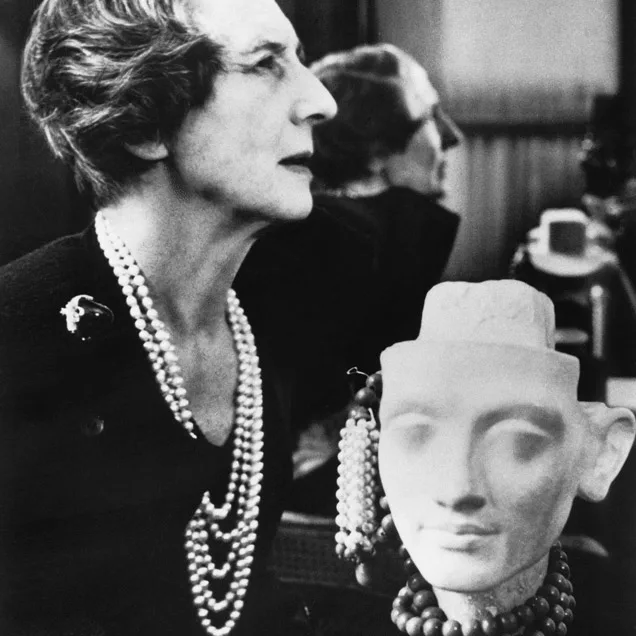
In 1914 the first panther motif appeared on a platinum wristwatch by Cartier, it was produced with onyx and pave diamonds, in the pattern of a panther’s spots. In 1983 (7 years after Jeanne’s death) Cartier launched the Panthère. With its sleek design, concealed clasp, and linked bracelet, it quickly became a huge hit. The Panther motif continues to be present in the company’s watch collections today.
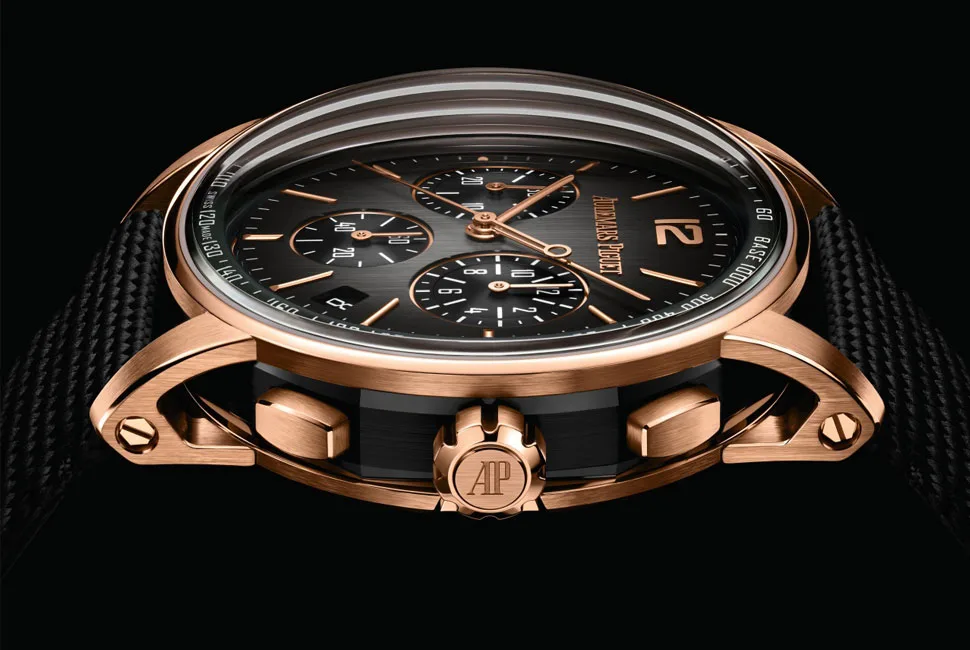
Jasmine Audemars – the progressive
Jasmine Audemars is the chairwoman of the Board of Directors for Audemars Piguet – the only watchmaking brand still in the hands of its founding families. Jasmine was the editor-in-chief of the prestigious Journal de Genève for 12 years before her father asked her to take over the presidency of Audemars Piguet in the early 80s. In 1992 Jasmine succeeded her father as the chair of the Board of Directors for Audemars Piguet and has been at the helm ever since.
We must continue to combine innovation with fine watchmaking tradition…
– Jasmine Audemars.
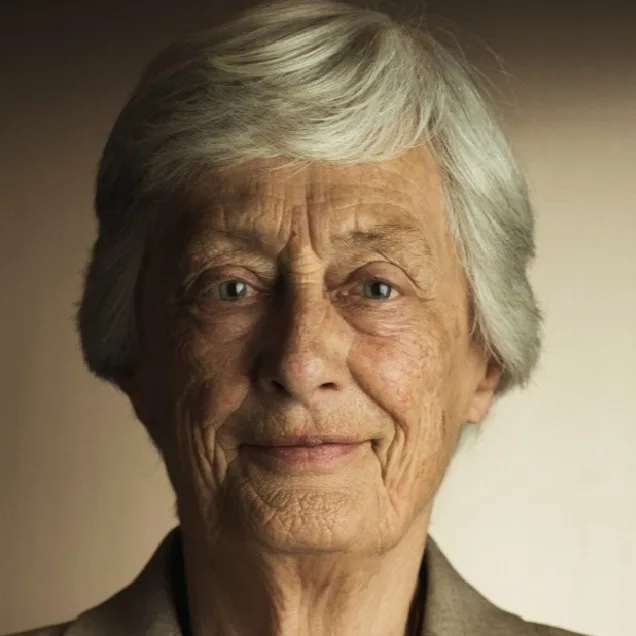
Under her leadership Audemars Piguet has made unprecedented progress, embracing modern trends in materials, style and updating and expanding its core offering. Jasmine also spearheads the Audemars Piguet Foundation which supports various research and development projects as well as a number of humanitarian and social initiatives.
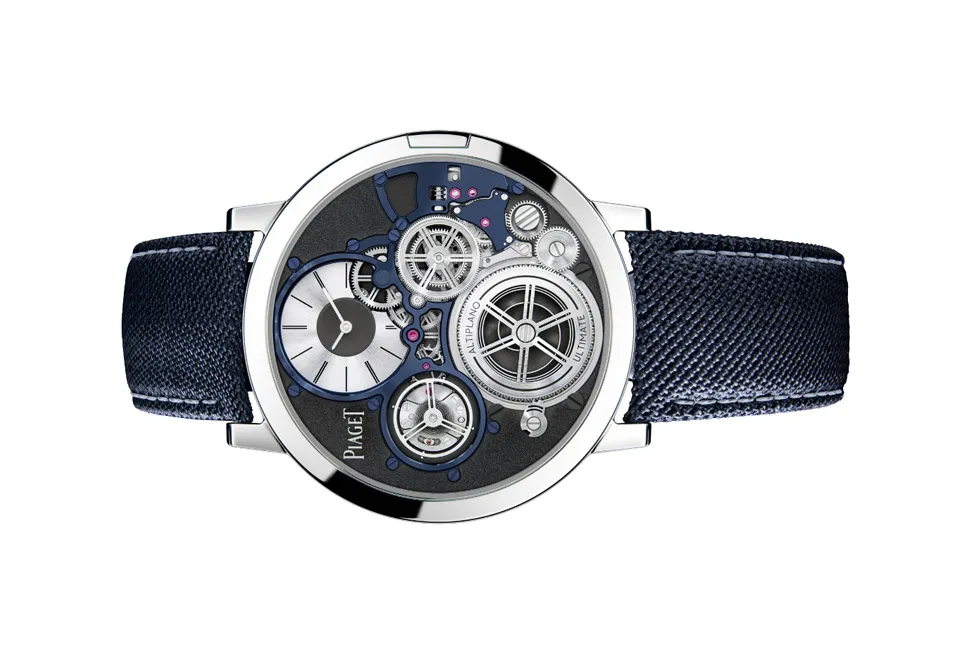
Chabi Nouri – the award winner
The CEO of one of watchmaking’s most respected maisons, Chabi Nouri joined the Richemont group in 1998 and Piaget in 2014, becoming its CEO three years later. Since becoming CEO, Chabi has been responsible for steering Piaget through one of the industry’s most difficult and challenging periods. Her ambition has been to modernise the brand, while capitalising on its history and heritage.
Chabi is known for her passion and energy, both of which she has infused into Piaget from the moment she joined in 2014…
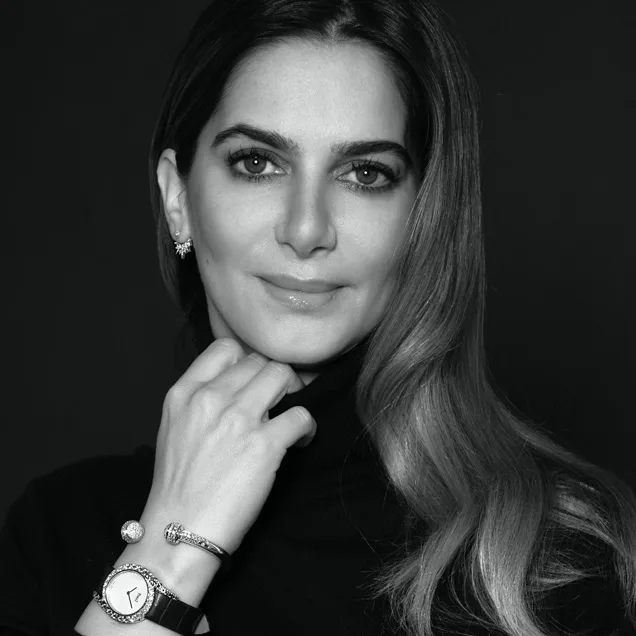
Last year, under Chabi’s stewardship, Piaget re-introduced the Altiplano Ultimate Concept Watch, a 2mm thick technological marvel which won the coveted Aiguille d’Or at CPHG 2020.
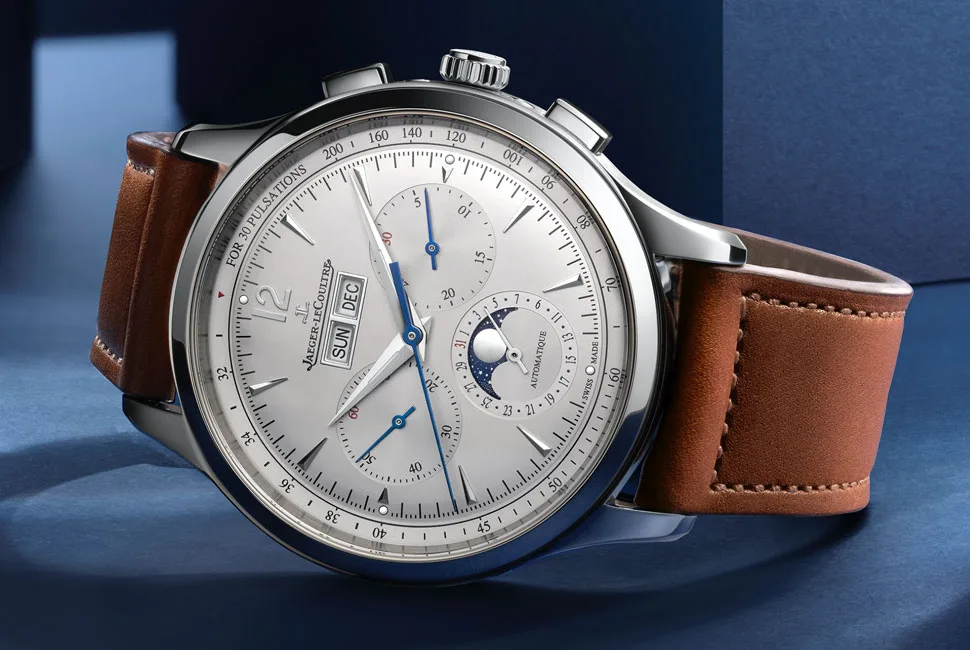
Catherine Renier – the digital innovator
Jaeger-LeCoultre appointed Catherine Renier as their CEO in 2018. Formerly of Van Cleef & Arpels, Catherine has weathered the storm of Covid-19 and used it as an opportunity explore new digital innovations for the Swiss Maison. Last year Catherine and her team partnered with Google to allow users to explore Jaeger-LeCoultre’s latest product novelty – the new Master Control Chronograph Calendar – through Google search AR. This functionality enabled users to see the watch at scale, embedded into its environment through a 360° view. They were the first watchmaking brand to beta-test such a feature.
Renier’s philosophy is based on authenticity, heritage, craftmanship and experience…

Combining characterful design and an automatic movement developed and assembled under the roof at the Manufacture, the collection represents a benchmark for the company as it is the first time that Jaeger-LeCoultre combine a chronograph with a triple calendar.
References:
(1) https://brill.com/view/journals/erc/46/1/article-p44_44.xml
Opening picture by Henry911 for Pixabay
Picture of Jeanne Toussaint © The Cecil Beaton Studio Archive at Sotheby’s







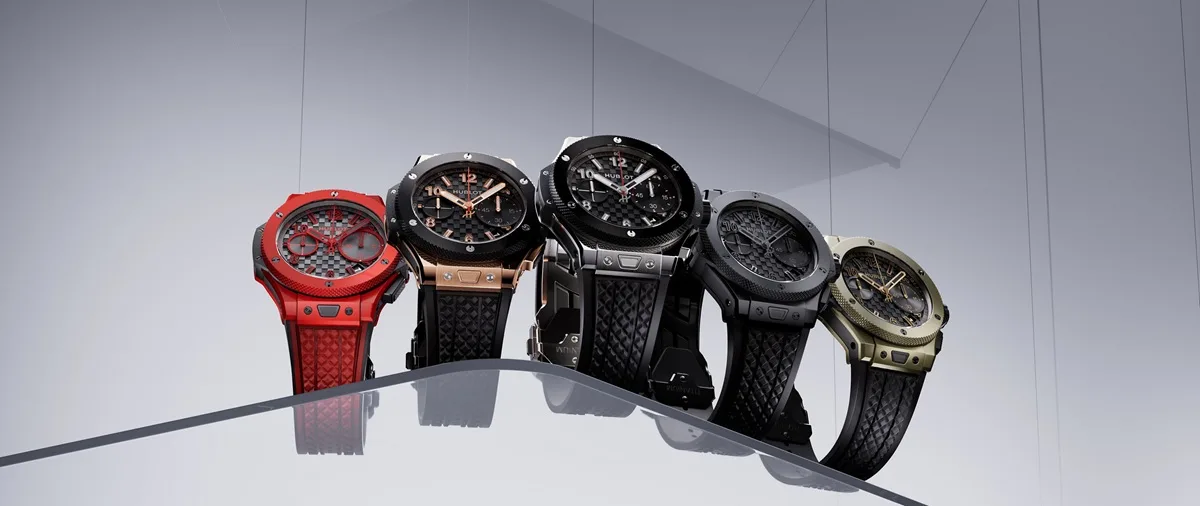
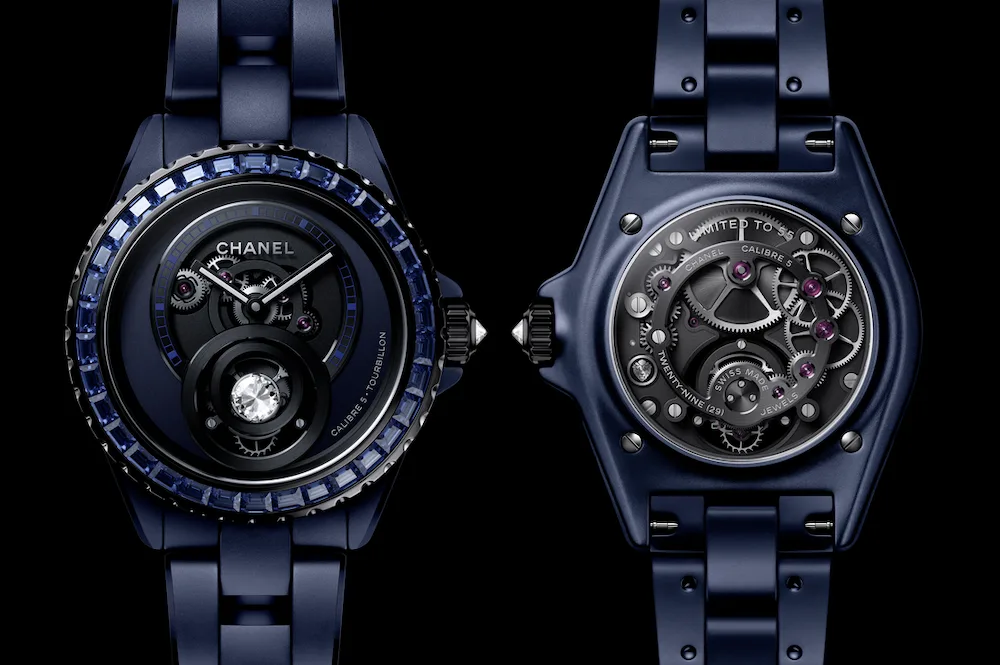








Show Comments +